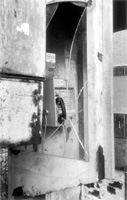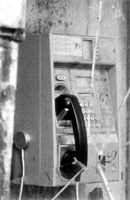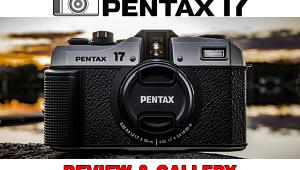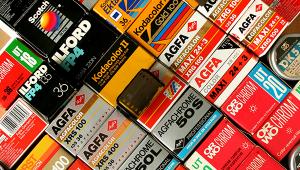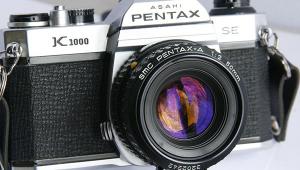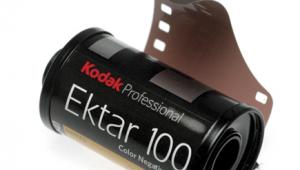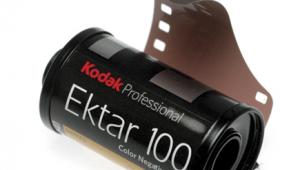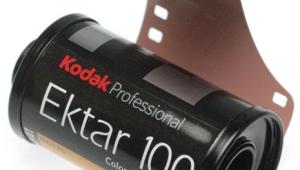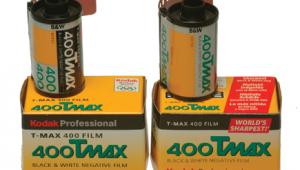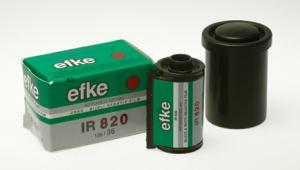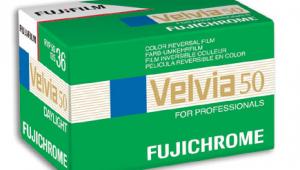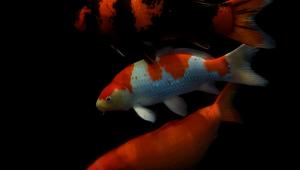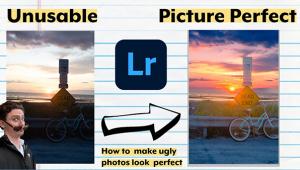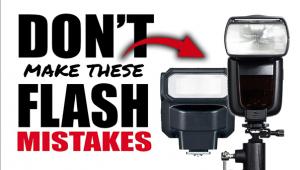Kodak's New Tri-X
A New Version Of An Old Classic
Dateline 1940: "The
fastest film in the world is the new Tri-X, with twice the speed of
Super-XX." If you want the numbers, the British Journal of Photography
Almanac for 1940 (actually written in 1939) reckoned it was 7000 H&D. |
|||
Well, "the best"
is a big claim. But the latest incarnation may be the best Tri-X yet--and
that means that yes, it is one of the best films in the world. Versatile Emulsion |
|||
Is It Better Than
The "Old" Tri-X? New Developing Times |
|||
Tonality Tells The
Tale Crisper Grain |
|||
Some developers give big grain
and high speed--some give big grain and low speed--while others
lose half a stop or a stop and give significantly finer grain. It seems
to me that there is more variation than before. This suits me fine. When
I develop a film, I want to be able to choose the effects I get. This
is the third big advantage: what the experts call a good developer repertoire.
|


